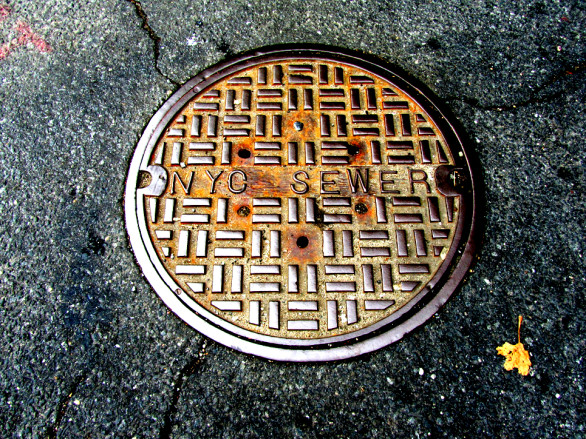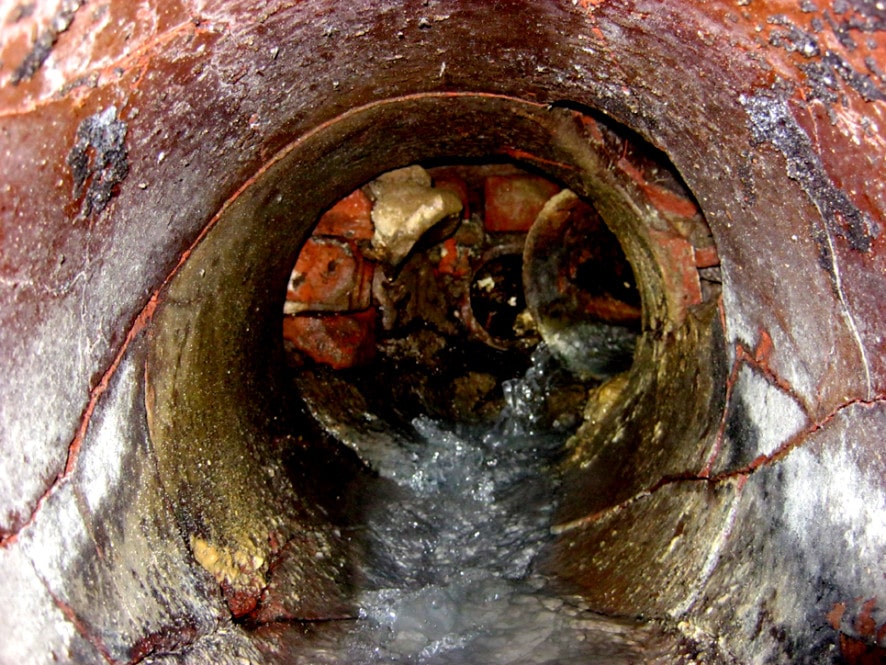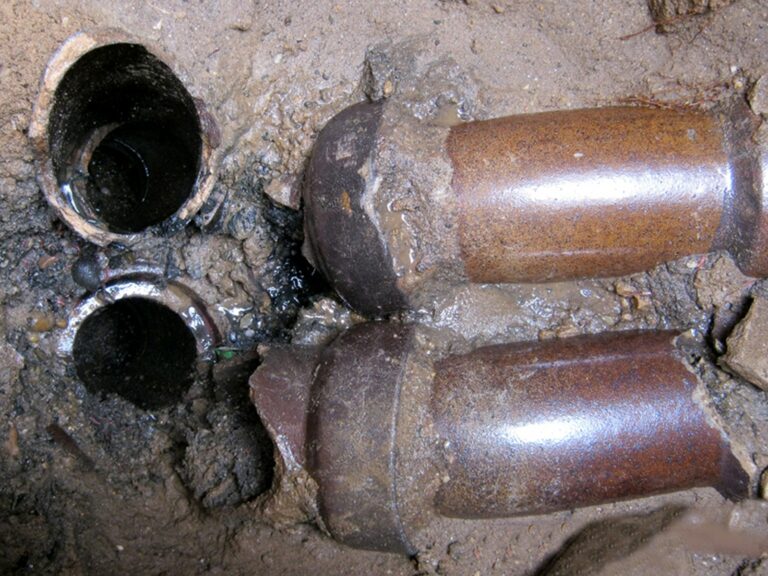NYC sewers come in all shapes and sizes, and are made out of an assortment of different materials. Some are as small as 8″, or 10′ in diameter or even larger. There are public sewers that are inadequate for the flow of waste water, and sewers that are so large you could literally drive a truck through one of them.
Whether for waste water or rain water disposal, the NYC public sewer system is vital in maintaining the quality of life and good health of millions of New Yorkers.
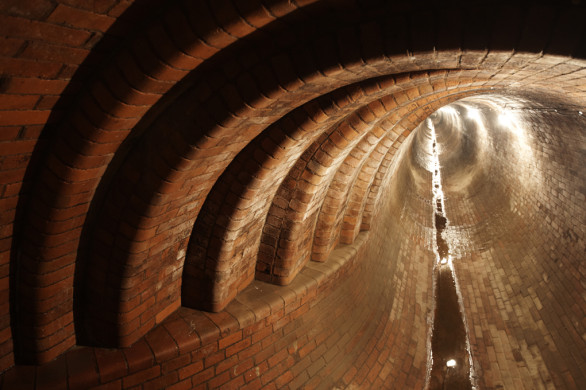
Some carefully designed and maintained brick sewers are actually stunning. They were built by skilled artisans and with a degree of engineering typically reserved for high-end buildings. If properly maintained they can remain functional for an indefinite period of time. A testament to the level of materials and care used in their initial construction.

On the other hand there are poorly designed and constructed NYC sewers made from brick that present a host of problems. Besides being inadequate for their present day load, they have other shortcomings as well. Frequently a poor grade of mortar was used, which over time deteriorates and allows for shifting and dislodging of the bricks themselves.
In many cases the weight of the bricks on top of each other and soil overhead are all that is holding the sewer together. Many sewers were built without a concrete base or a proper ‘cradle’ which only adds to their problems.

Present day NYC sewers are carefully designed, built under strict supervision, and with a careful inspection process. Materials are chosen carefully depending on the size of the sewer and the soil conditions.
All new public sewers must be built on a concrete cradle reinforced with steel re-bars. Clean-out manholes are requires at predetermined intervals to ensure venting of sewer gases and to allow for proper maintenance.
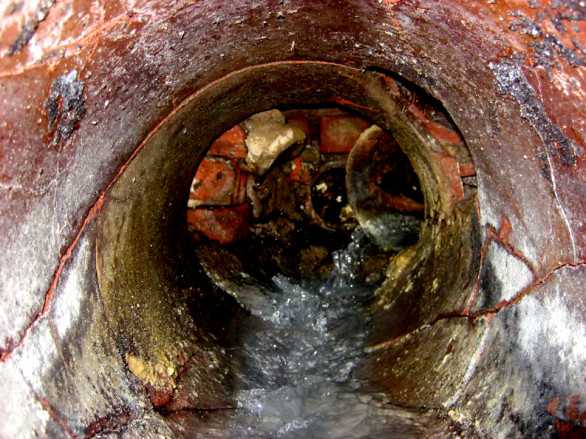
Even the most carefully designed and built public sewers can be compromised by improper house sewer connections. In the past contractors were permitted to chop into sewers sometimes using pneumatic tools which caused damage.
In other cases connections were made below the flow line which also caused damage to the system and did not permit the house drain to ever work properly.
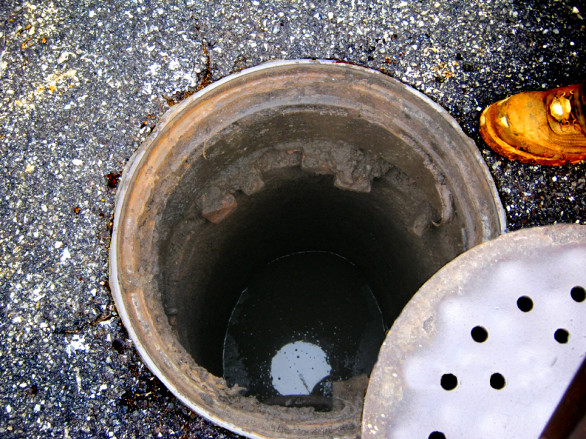
In many cases a NYC public sewer may no longer function properly. It can be for many reasons which include over-development, poor design, poor materials, or disruptive and damaging work procedures. In some cases the increased flow in the sewer system is caused by grass areas routinely being paved over decreasing ground absorption.
Thankfully the present-day design and inspection processes are are much more on top of things. In addition the materials now used are far superior than in the past.
